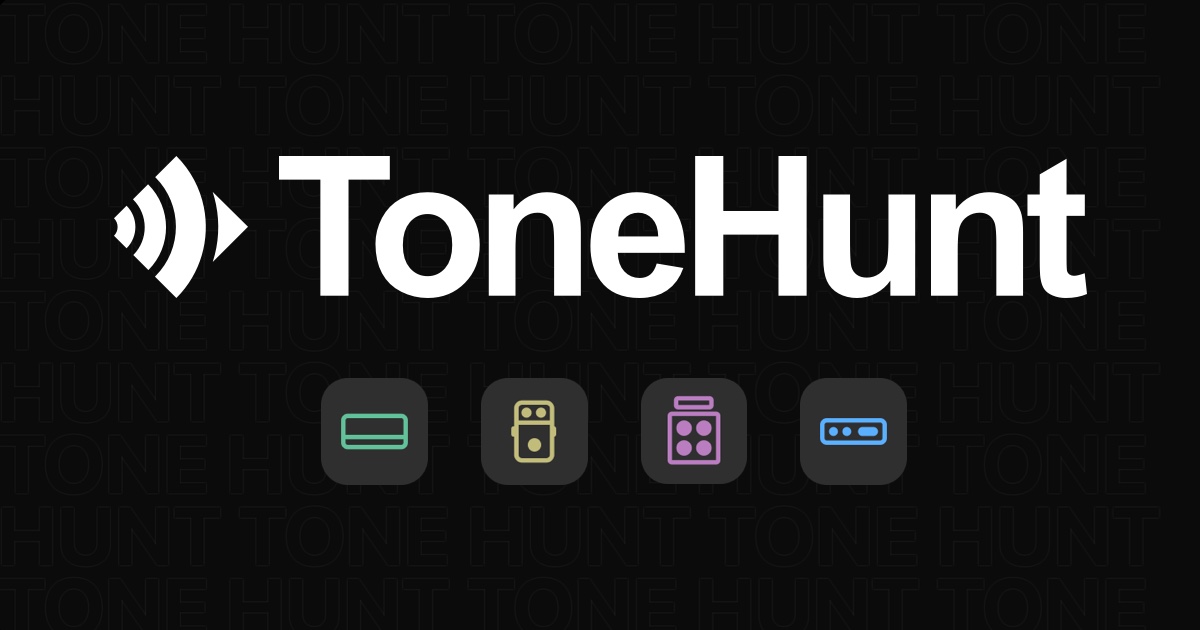Installation:
1. Download and install Git from:
https://git-scm.com/download/win
2. Download and install Anaconda from:
https://www.anaconda.com/products/distribution
3. Download and install Cuda Toolkit 11.6 from:
https://developer.nvidia.com/cuda-11-6-0-download-archive
4. Create a folder called "NAM" on your desktop
5. Open Anaconda Prompt and install NAM repository by typing this in the prompt:
# cd %userprofile%\OneDrive\Desktop\NAM
# git clone
https://github.com/sdatkinson/neural-amp-modeler.git
6. Install Pytorch
# conda install pytorch pytorch-cuda=11.6 -c pytorch -c nvidia
7. Install NAM
# cd %userprofile%\OneDrive\Desktop\NAM\neural-amp-modeler
# pip install -e .
Training:
1. Download the test signal audio file from here:
Otherwise create your own one and rename it "v1_1_1.wav"
2. Record the output of your amp/pedal by feeding the test audio file to its input, then export what you recorded and save it as "output.wav"
3. Move both wav files to this folder:
%userprofile%\OneDrive\Desktop\NAM\neural-amp-modeler
4. Open Anaconda Prompt and run Python
# cd %userprofile%\OneDrive\Desktop\NAM\neural-amp-modeler
# python
5. Import torch
# import torch
6. Import the NAM "run" module
# from nam.train.colab import run
7. Run the training
# run(your_epoch_value)
8. Close the graph to start the training
To see the progress graph open another instance of Anaconda Prompt and type:
# cd %userprofile%\OneDrive\Desktop\NAM\neural-amp-modeler
# tensorboard --logdir lightning_logs
Then open the browser and go to this address:
http://localhost:6006
9. Once the training is finished close the final ESR graph window so the model is exported in this directory:
%userprofile%\OneDrive\Desktop\NAM\neural-amp-modeler\exported_models
10. Load the model file in the NAM VST plugin or standalone app which can be downloaded from here:
https://github.com/sdatkinson/NeuralAmpModelerPlugin/releases

 Or I like this profile or that profile from someone well known but certainly don't like everything?
Or I like this profile or that profile from someone well known but certainly don't like everything?
